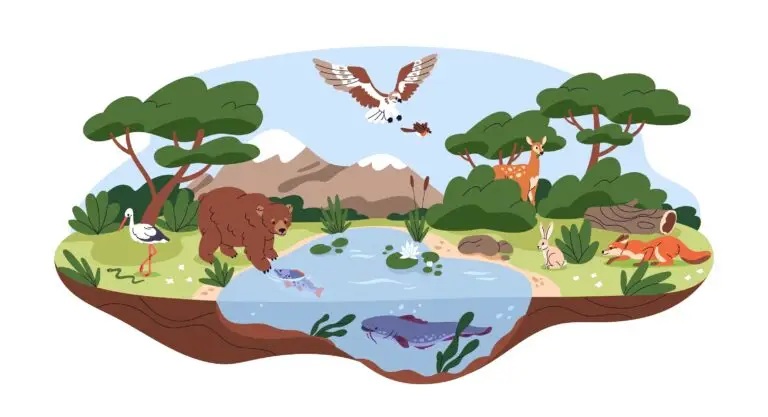Biodiversity

Table of Contents
What is Biodiversity?
Biodiversity, short for biological diversity, refers to the variety of life on Earth at all levels of biological organization. It encompasses species diversity, ecosystems, and genetic diversity within species.
Biodiversity measures the richness and variety of living organisms and the ecological complexes in which they exist. It is a key component of the Earth’s natural capital and is crucial in sustaining ecosystems and supporting human well-being.
Components of Biodiversity
Species Diversity
Species diversity is a measure of the variety and abundance of different species within a particular habitat or ecosystem. It is a key indicator of the health and stability of an ecosystem, reflecting its complexity and the variety of interactions among organisms.
A variety of species is the number of different species present in an ecosystem, also known as species richness. An area with a high number of species is considered to be rich in biodiversity.
Beyond just the number of species, species diversity also considers the population size of each species in the area. This includes how evenly distributed or abundant each species is within the ecosystem, known as species evenness.
High species diversity is often associated with greater resilience and stability of an ecosystem. This is because a diverse community can better withstand environmental stresses and disturbances, as the impact is spread across a wider range of species, reducing the reliance on any single species.
Ecosystem Diversity
Ecosystem diversity refers to the variety of ecosystems or ecological communities present in a specific region or on Earth as a whole. It encompasses the different types of habitats, communities of organisms, and the interactions between them.
- Encompasses the variety of ecosystems, including forests, grasslands, deserts, wetlands, coral reefs, and more.
- Each ecosystem has unique physical and biological characteristics.
Genetic Diversity
Genetic diversity refers to the range of genetic material present within a species. This diversity is crucial because it enables a species to adapt to changing environments and survive under various conditions.
High genetic diversity within a population means many different combinations of genes, leading to a wide range of traits and characteristics. This variation can provide a buffer against threats such as diseases, climate change, and habitat loss, helping to ensure the species’ long-term survival.
Related Links
Ecosystem
Habitats
Biomes
Kingdoms